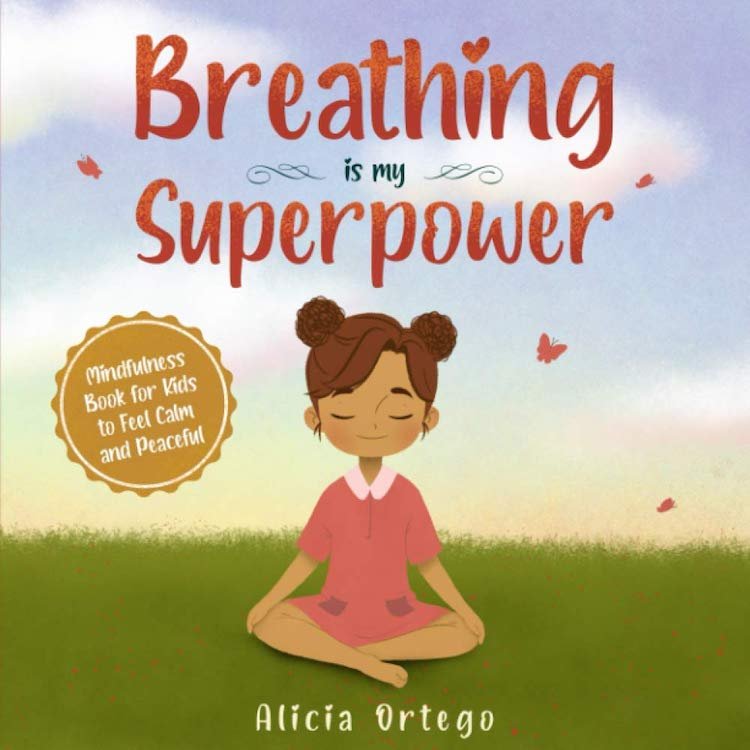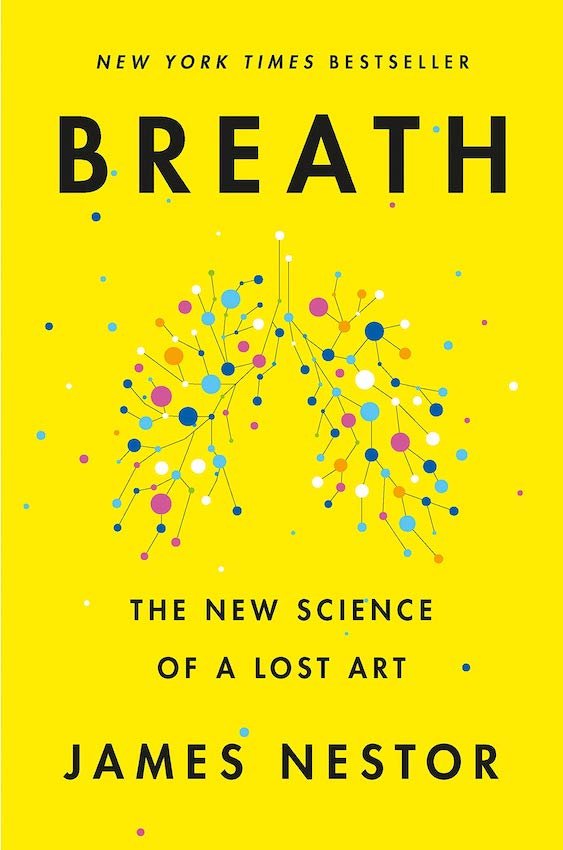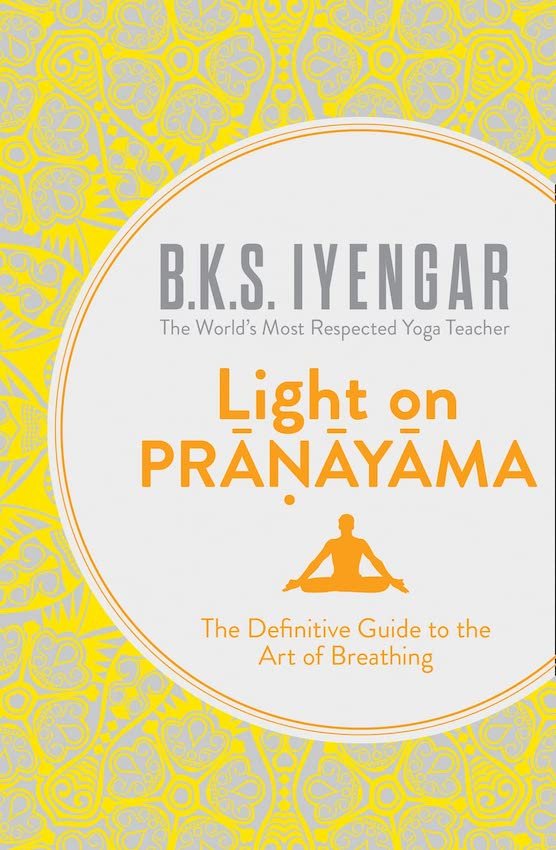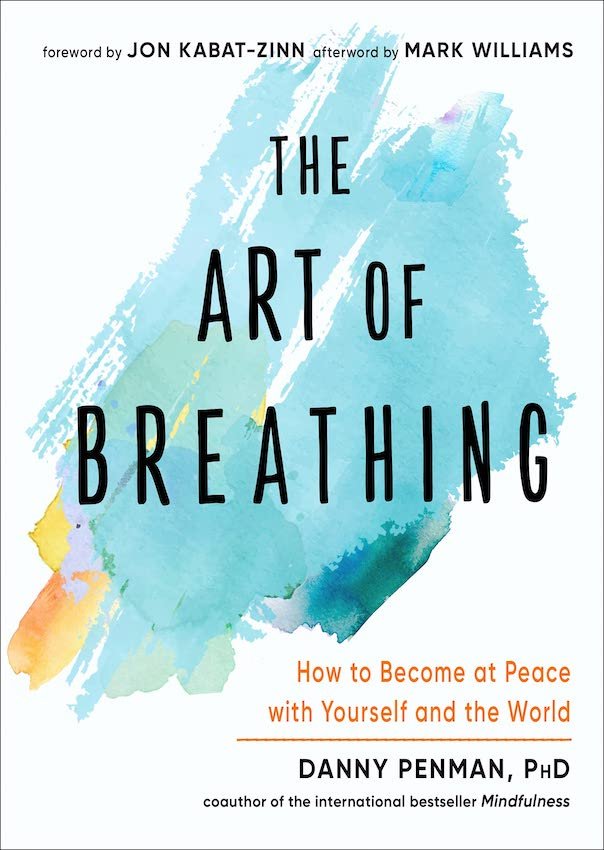6 Beginner-Friendly Ways To Practice Breathwork + Meditation
This page may contain affiliate links. As an Amazon affiliate, we may earn a small commission for any purchases made through these links. Click here for the disclosure statement.
Mindful breathing is more than a buzzword; it’s a key pillar of mental and physical health. Though it hasn’t always been a mainstream topic of discussion, breathwork has long been practiced to benefit the mind and body for people of all ages.
Breathwork constitutes intentionally controlled or monitored breath, which sounds strict and rigid but can take many forms. Mindfulness, mindful breathing, pranayama, and some meditative states are all forms of breathwork practices. One of the best things about these practices is that they’re free and accessible to many people because they only require time and attention. You don’t need any fancy props, a studio, or an app—but you can incorporate things as you progress.
Why is Mindful Breathing Important?
Our breath fuels us, and without breath we aren’t moving. So, focusing our attention on our breath—in its most simplest aspect—is an act of noticing that we are a living being. I regularly attend Katonah Yoga classes, where teachers describe the breath as a force that makes us buoyant and brings us into the present moment. The mediating forces of each inhale and exhale place us in the center of the moment—as well as our bodies—with each and every breath.
Because our breath is a sign of life, it is often understated how important it is to practice, control, and amplify. Have you ever noticed feeling out of breath after a flight of stairs or in a fearful moment? Do you find yourself breathing shallowly and unconsciously throughout the day? Because breathing is part of the autonomic nervous system, it doesn’t require our full attention, but when we are mindful of our breathing habits, we can improve them.
What are the Benefits of Breathwork?
According to the American Lung Association, if you regularly incorporate breathwork into your life, it “can help rid the lungs of accumulated stale air, increase oxygen levels and get the diaphragm to return to its job of helping you breathe.” This benefit is huge, as it can ease symptoms of asthma, COPD, anxiety, insomnia, depression, ADHD, and PTSD. Consciously working with the breath can also feel empowering, giving you a breather from a frantic world, an internal safe space.
““Consciously working with the breath can also feel empowering, giving you a breather from a frantic world, an internal safe space.””
Beyond the body, breathing practices help connect us to other living beings. “If the breathing process is elevated to the level of a mindful practice, then nature is cultivated, both within and outside us, instead of being enucleated and destroyed," said Michael Marder in the book, Through Vegetal Being: Two Philosophical Perspectives. Breathing reminds us that we’re part of a larger ecosystem and that our exhales contribute to a world outside of our feelings and experiences.
6 Breathing Practices You Can Mindfully Incorporate
We’ve rounded up six breathing practices that are beginner-friendly so you can start your own mindful breathing practice. You can do these practices anywhere, but if you’ve never done them before, avoid attempting during stressful or compromised situations, like when driving or operating machinery. You’ll also want to be comfortable when you do this work, so find a good seat with your hips higher than your knees or try lying on your back. A blanket, candle, journal, or glass of water may also make you feel more at peace and help you to focus on breathing during meditation and pranayama.
Box Breathing
Box breathing is one of the most simple breath practices. You can visualize tracing a square as you inhale, hold the breath in, exhale, and hold the breath out. You’ll do each step for four counts, making a box (4-4-4-4). The four count can be at any pace, but the key is to keep your breath even. If you’d like, you can listen to a metronome or music to help you stay on beat. The Box Breathing method helps you feel even keel and relieves stress; so much so that even Navy SEALs use it to stay calm and focused under pressure.
Alternate Nostril Breathing
Another popular breathwork technique is called nadi shodhana, or Alternate Nostril Breathing. In this practice you’ll use your hand to block off one nostril at a time, directing your breath in one side and out the other, and switching after each exhale. Start by tucking the right pointer and middle finger of your right hand into the right palm, and then use your right thumb to block your right nostril as you inhale through the left. (Your wrist will be near your chin.) Then shift your hand so your ring finger blocks your left nostril and exhale out the right. You’ll then inhale through the right nostril, shift your hand back so that your thumb covers the right nostril and you exhale out the left. Continue this method for several rounds, finishing with an exhale out the left nostril and several “normal” breaths through both nostrils.
Studies have shown that this breathing practice has helped to reduce anxiety and blood pressure, as well as activating the parasympathetic nervous system. It’s a wonderful tool you can use during stressful moments or panic attacks. And though it sounds counterintuitive, I’ve found it helps clear my nose when I’m experiencing allergy symptoms or have a cold!
Diaphragmatic Breathing (aka Belly Breathing)
The next breathing practice is Diaphragmatic Breathing or Belly Breathing and it’s as simple as it sounds! The goal is to inhale deeply and fill the stomach, rather than taking a shallow breath that only expands the chest, as many people are prone to doing. To practice this breathing technique, start by lying down and placing one hand on your belly and the other on your chest. Then, inhale deeply and send your breath to your lower hand where your belly will rise, trying to keep the upper hand as still as possible.
This type of breath can be hard to master at first because it’s not the type of breathing we’re accustomed to day-to-day. However, according to the Cleveland Clinic, “Diaphragmatic breathing allows you to use your lungs at 100% capacity to increase lung efficiency” and can help anxiety, asthma, and COPD, as well as lower blood pressure and heart rate. Though this breathwork technique may take more practice, it can help you use less effort and energy when breathing.
Coherent Breathing
Coherent breathing is a measured, mindful breath practice where you inhale and exhale on a five count for several minutes. That’s it! By doing this practice, you’re only taking six breaths per minute: five seconds in and five seconds out. Breathing at this measured pace can maximize your heart rate variability, lessen stress, and reduce symptoms of depression when combined with Iyengar yoga, according to a 2017 study.
The 4-7-8 Breath
This practice has three parts: first a four-count inhale through the nose, then a seven-count breath retention, and finally an eight-count exhale out the mouth that sounds like whoooosh. Holding your breath in for seven counts may be tough, so give yourself time to get accustomed to the retention and the slow exhale.
The 4-7-8 breath practice is best before bed, as it helps slow the breath rate, calm the nervous system, and instill feelings of relaxation. The benefit to the longer count in this technique is that your organs and tissues get a much-needed oxygen boost. At first, you can start with a few rounds and then progress the count as you get more familiar—or in my case, you may drift off to sleep as you practice.
Breath of the Seasons
The last breathwork format is called Breath of the Seasons and is a meditation that you can do alongside other types of breathwork, specifically Box Breathing. The narrative for Breath of the Seasons follows the inhale and exhale through the traditional seasons, adding a metaphorical element to your pranayama that helps you stay focused and on track. I love this metaphor because it’s so fitting to the movement of air within the body, and I feel like a tree pulling air in and out as I track the seasons.
Imagine your inhale as spring, rising up from the ground like a new sprout from freshly watered soil. See your breath during the inhale retention as a ripening fruit, growing plump under a full sun. Then feel your breath deflate on the exhale, traveling outward like a leaf descending from a tree. At the bottom hold the breath out, making room for stillness and quiet like a mid-winter snowfall.
You can find a meditation map from the Katonah Yoga Center that details this progression further.
Apps for Breathwork
There are hundreds of apps these days, and dozens are dedicated to mindfulness and conscious breathing. Depending on the level of guidance you’re looking for, there is certainly an app for you among those available! If you’re looking for guided practices, opt for Headspace or Calm. If you want a lot of options, choose Insight Timer. And if you want bare bones simplicity, try Oak or the aptly named Breathing App.
Books to Learn More About Breathwork
Image: Amazon
Image: Amazon
Breathing is My Superpower
Alicia Ortego
Image: Amazon
Breath: The New Science of a Lost Art
James Nestor
Image: Amazon
Image: Amazon
Light on Pranayama
B.K.S. Iyengar
Image: Amazon










